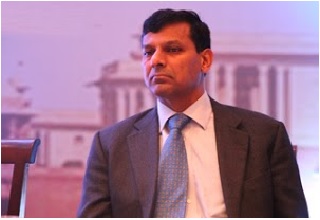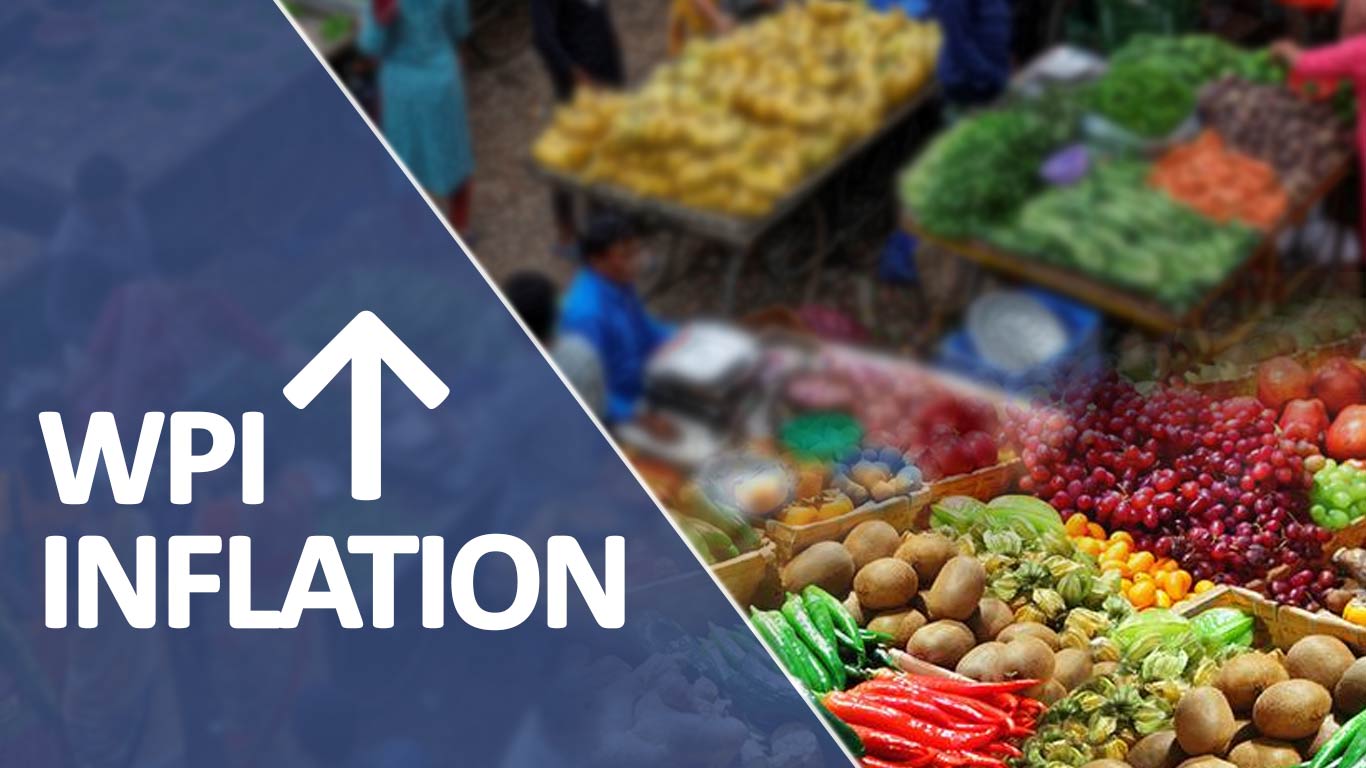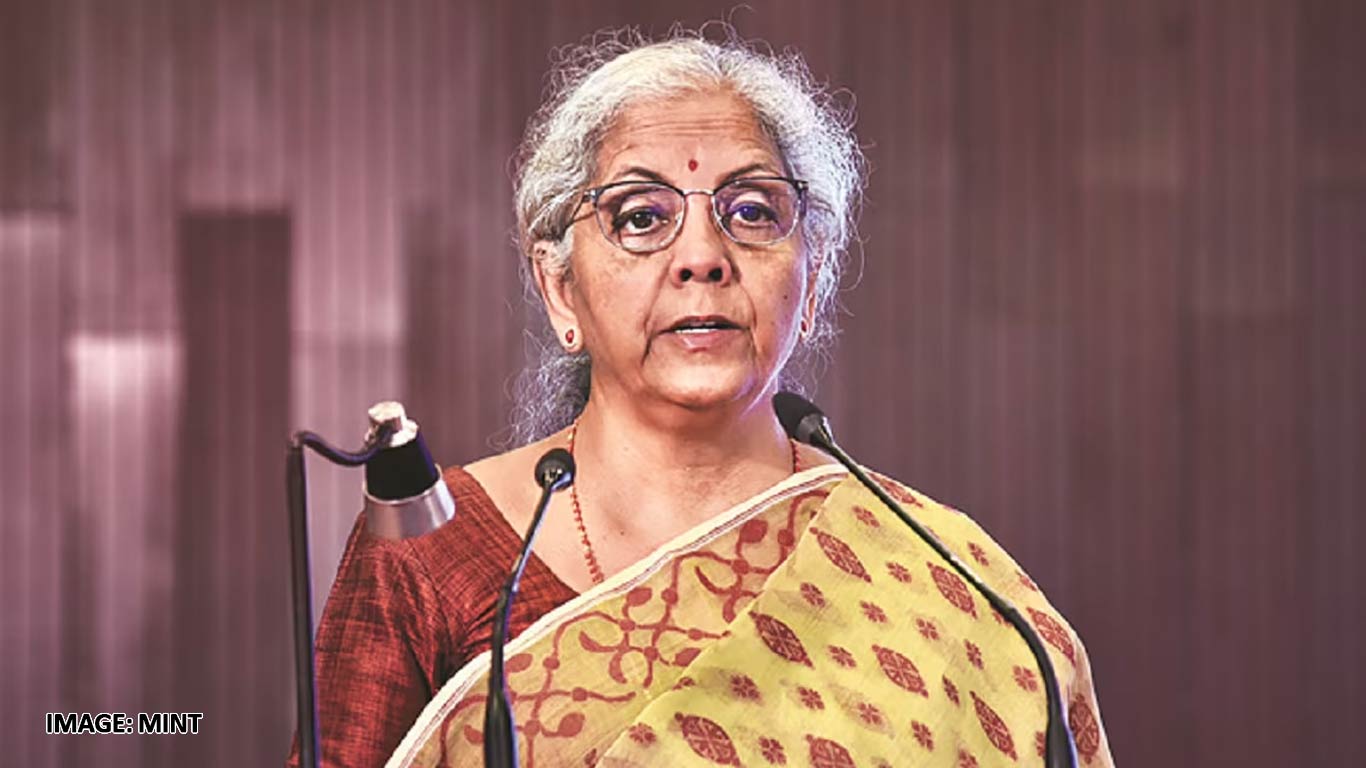Nachiket Committee Report on financial inclusion being examined
Updated: Jan 28, 2014 03:58:36pm

“The recommendations of the Nachiket Mor Committee on financial inclusion are being examined carefully as are the recommendations of the Urjit Patel Committee on the monetary policy framework,” RBI Governor, Raghuram G Rajan said while unveiling the Third Quarter Review of Monetary Policy.
With the view to curb inflation, RBI today raised the key policy rate by 0.25 per cent to 8 per cent.
The move may translate into higher EMIs and push up the cost of borrowing for corporates.
“Today, on the basis of an assessment of the current and evolving macroeconomic situation, we have decided to increase the policy repo rate under the liquidity adjustment facility (LAF) by 25 basis points to 8.0 per cent,” Rajan said.
Consequently, the reverse repo rate under the liquidity adjustment facility will be revised to 7 per cent and the marginal standing facility rate and bank rate to 9 per cent.
However, the RBI kept the cash reserve ratio unchanged at 4 per cent as liquidity seems to be comfortable.
The Governor said economic growth would be below 5 per cent in the current financial year and could accelerate in 2014-15 to a mean projection of 5.5 per cent.
The RBI committee, headed by Deputy Governor Urijit Patel, was set up in September last to revise and strengthen the monetary policy framework.
Recently, in its recommendation, the committee said inflation should be the ‘nominal anchor’ of the monetary policy framework, and it should be defined without any ambiguity.
In line with the Urjit Patel committee recommendations, monetary policy reviews will henceforth be undertaken every two months, consistent with the availability of key macroeconomic and financial data, Rajan said.
While core inflation data was steady in December, Rajan said prices are hardening in the services sector and in key intermediates.
While retail inflation measured by the consumer price index (CPI) declined significantly on account of the expected disinflation in vegetable and fruit prices, it remains elevated at close to double digits.
Inflation, excluding food and fuel, has also been high, especially in respect of services, indicative of wage pressures and other second round effects, he said.
In terms of the wholesale price index (WPI), headline inflation eased to a four-month low with a sharp decline in vegetable and fruit prices. Non-food manufactured products inflation, however, rose in December on higher prices of chemicals, non-metallic minerals and paper products.
A silver lining is the significant narrowing of the trade deficit on the back of resilient export growth, he said, adding that the current account deficit for 2013-14 is expected to be below 2.5 per cent of GDP compared with 4.8 per cent in 2012-13.
Earlier this month, the Committee on Comprehensive Financial Services for Small Businesses and Low Income Households, headed by Nachiket Mor, had submitted its report to the RBI.
The Committee on Comprehensive Financial Services for Small Businesses and Low Income Households, set up by the RBI in September 2013, was mandated with the task of framing a clear and detailed vision for financial inclusion and financial deepening in India.
The Report highlights that 90 per cent of small businesses have no link with the formal financial sector and 60 per cent of the population does not have a functional bank account.
While the bank credit-GDP ratio is around 70 per cent of GDP, there are wide regional and district-wise disparities, which confirms, that financial inclusion has a long way to go.
The panel advocated setting up of 'Payments Banks' to "provide payment services and deposit products to small businesses and low-income households" with a maximum balance of Rs 50,000 per customer.
The Report recommends that the cash reserve ratio (CRR) should apply only on demand deposits. It is envisaged that the statutory liquidity ratio (SLR) will be phased out for national as well as wholesale Banks but this is contingent on government’s acceptance of market interest rates on its borrowing.
In order to redress the imbalance and issues of risks costs for providing better access to financial services to small businesses and low income households, the Reserve Bank Committee has suggested the setting up of specialised banks. (KNN/SD)











